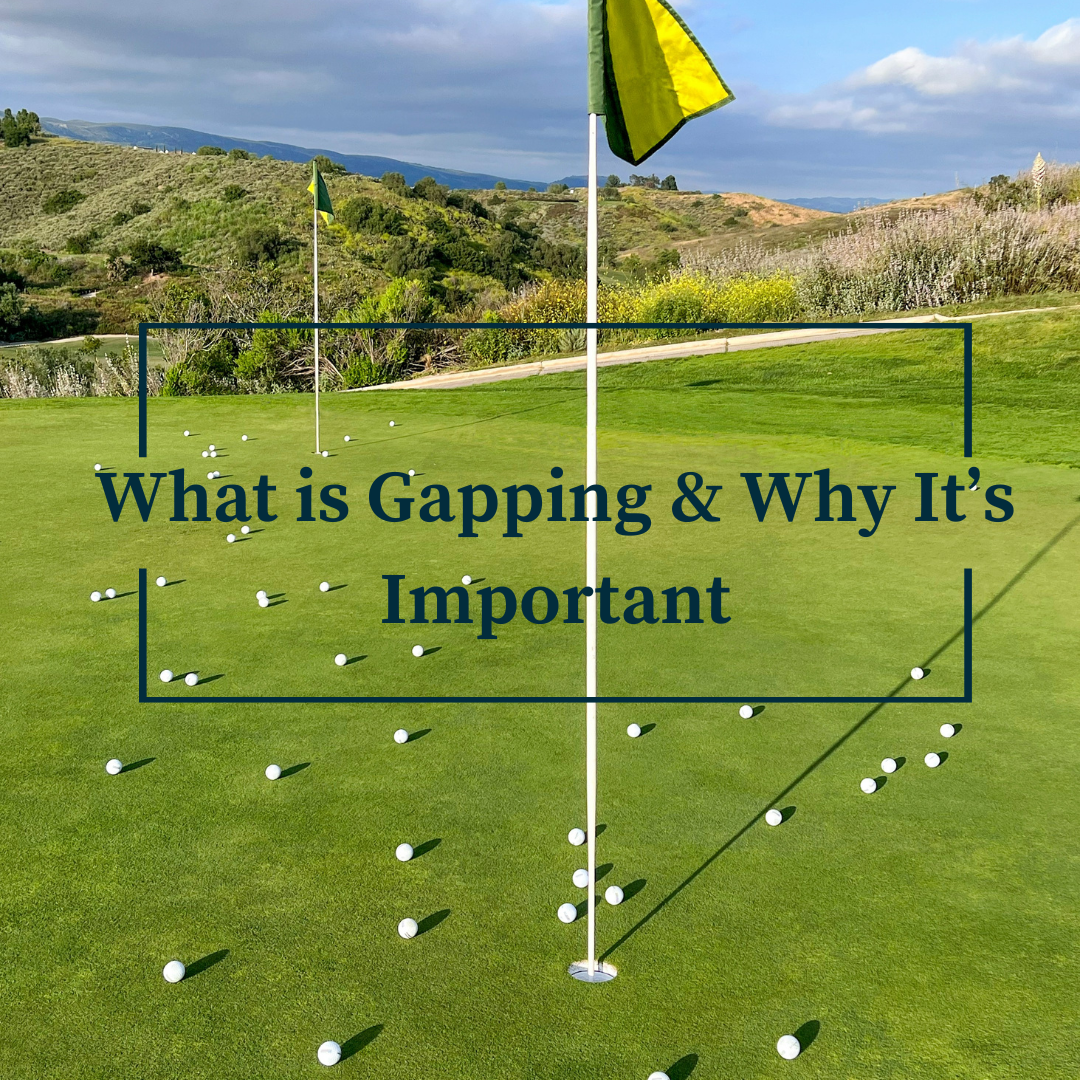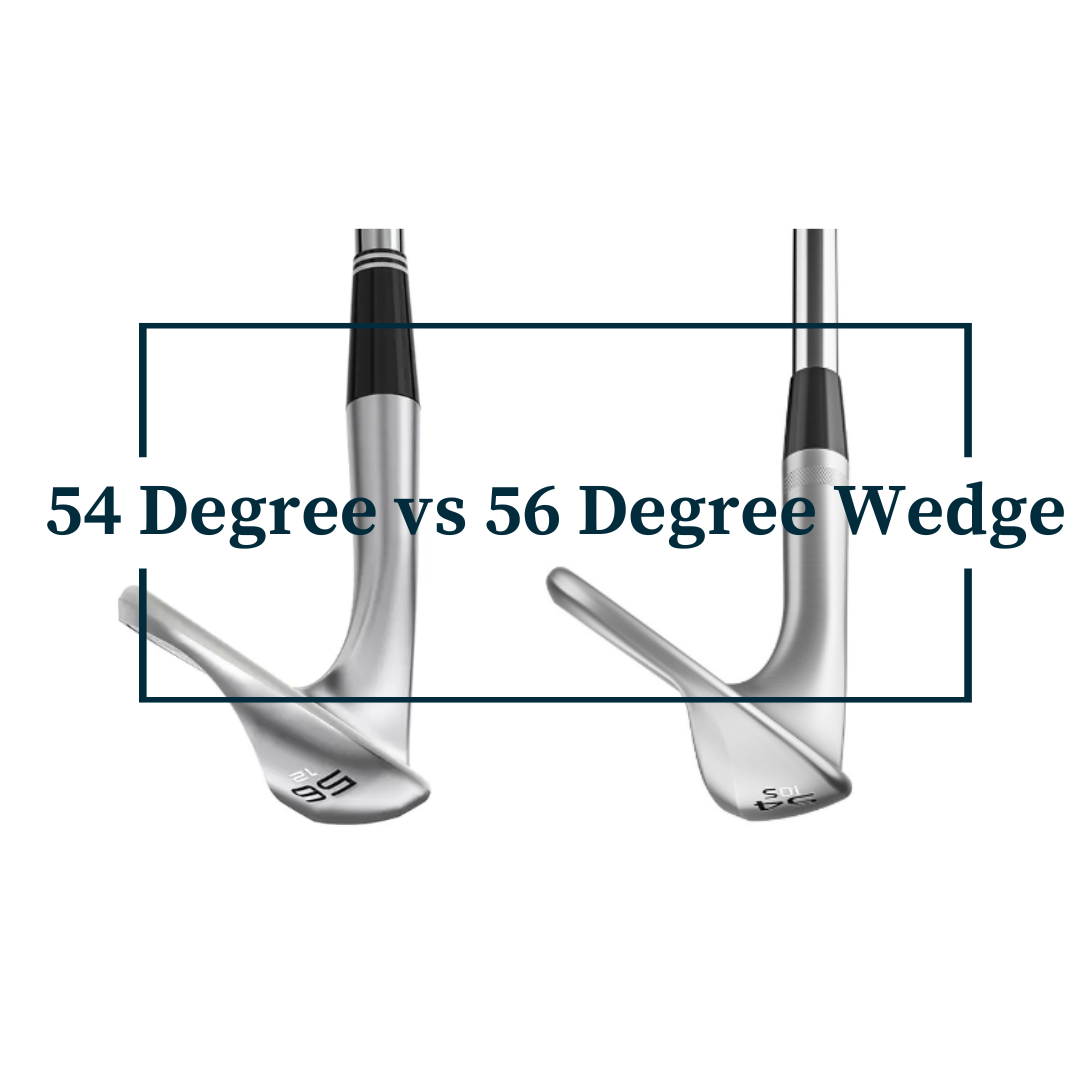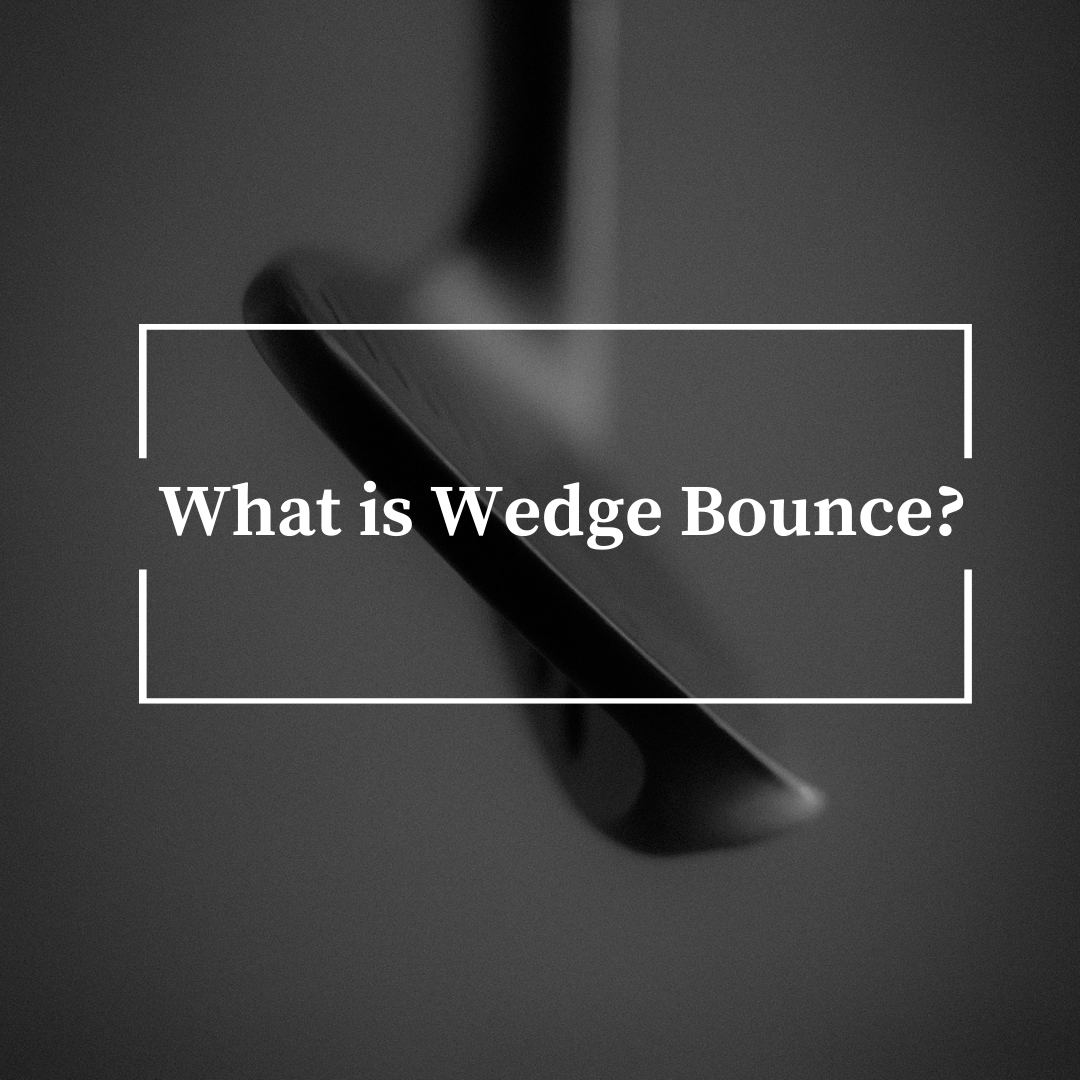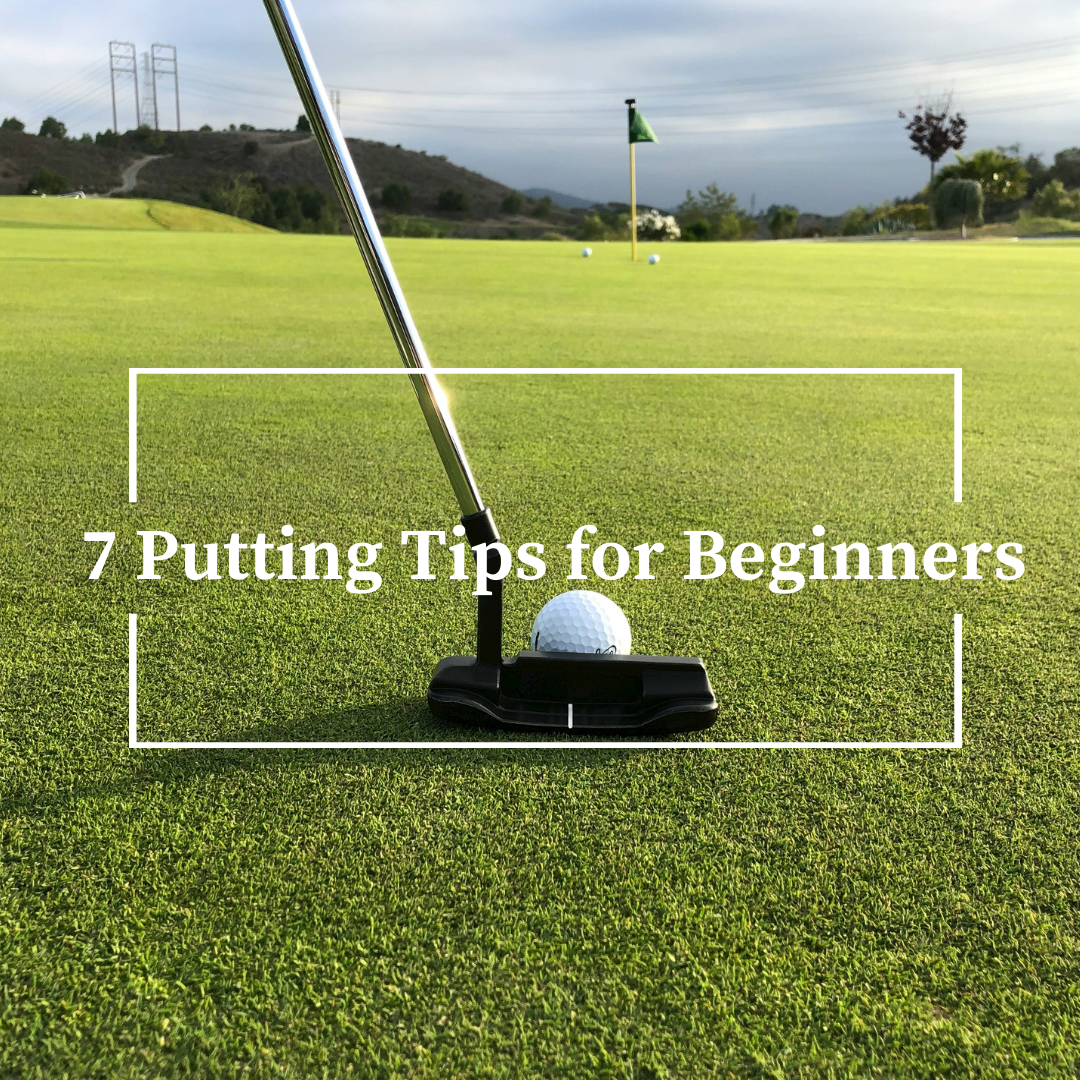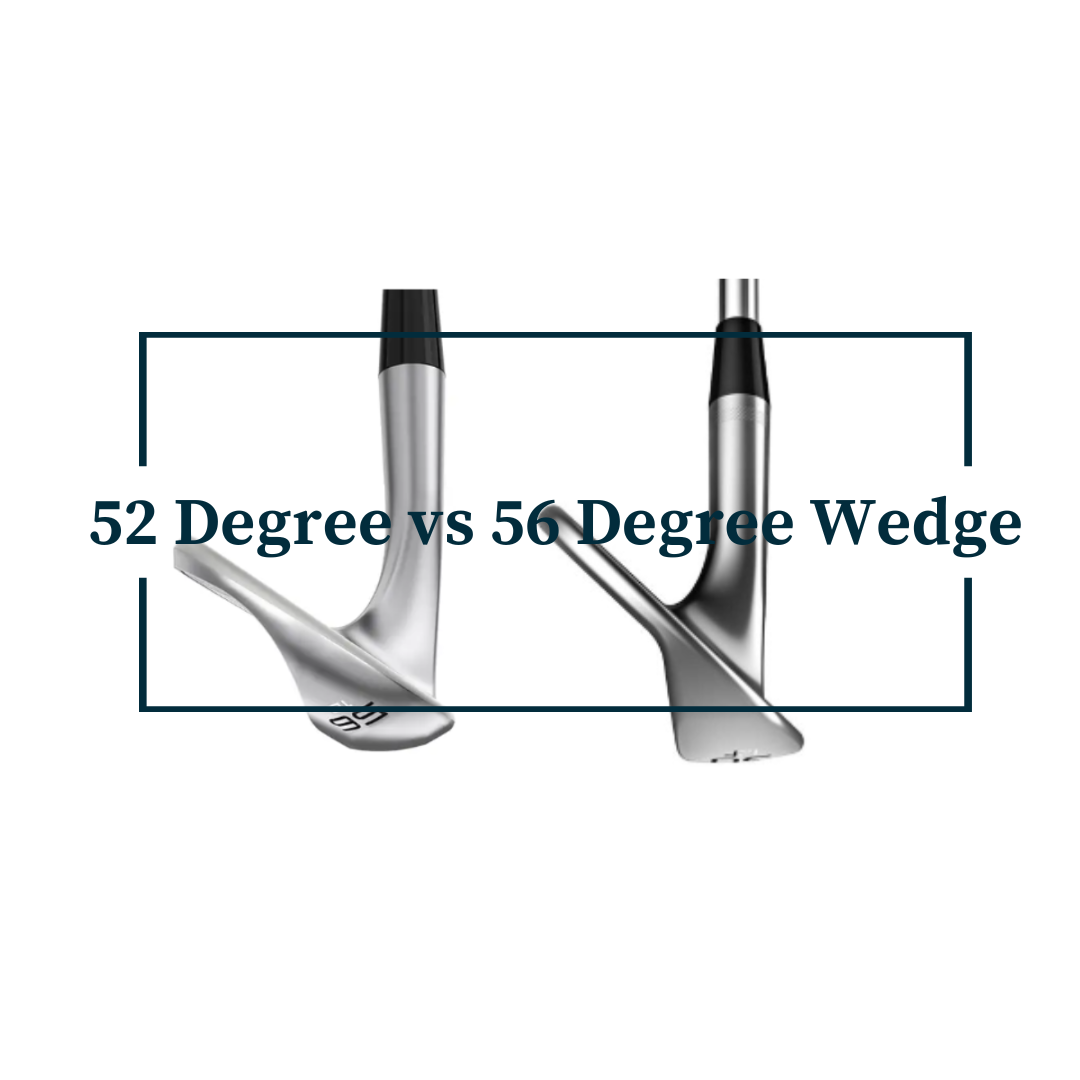When you are starting out, learning how to swing a golf club can be overwhelming. There is a lot of information to learn.
This post will break down the essential golf swing tips to master your golf swing. We will go through the key elements to your setup and the swing itself.
Golf Swing Setup
Grip
The key to a successful golf swing starts with the golf grip. Your grip is the foundation upon which your swing is built. Getting it right can make a huge difference in your game. Your grip is one of the biggest factors in keeping your clubface in the correct position throughout your swing.
The key steps to follow for your golf grip (Note: the below are for right hand golfers. If you are a left-hand golfer, reverse your hands):
- Use the markings on your grip to align the clubface to make sure the clubface is straight
- Let your left arm hang next to the grip with your palm facing inwards
- Grip the club
- The club should be sitting at the base of your little finger to the middle of your index finger.
- Wrap your fingers on your left hand around the grip and place your left hand on top of the shaft. (NOTE: Make sure you do not cover the top of your grip with your hand)
- Hang your right-hand with your palm facing inwards
- Your right hand connects with your left hand from your index finger knuckle to the base of your palm
- Wrap your fingers around and place the squishy part of our right hand over your left thumb.
- To ensure your grip is correct
- you should have created a ‘V’ on your left and right hand between your thumb and index finger
- Both ‘V’s’ should be pointing to your right shoulder.
Grip pressure is the next thing you need to be aware of. A rule of thumb is if 10 is squeezing the club as hard as you can and 1 is allowing the club to fall out of your hands. You should be looking a grip pressure of about 4 or 5. This will make you feel that you have control of the club through the swing.
For more information on a correct golf grip, go to our illustrated article how to grip a golf club.
Stance
Your stance is important in creating consistency and power in your golf swing.
Your feet should be shoulder width apart. This will allow you to rotate through your golf swing and have a stable base to maximize swing power. A narrow or wide stance makes it hard for your upper body and hips to turn, which will reduce swing power.
A good starting point for your weight distribution on each foot is 50/50 to give you a stable base.
Bend your knees slightly to maintain balance throughout the swing. Avoid bending your knees too much, as it will restrict your rotation.
Lean forward from your hips. Sticking your bottom out and letting your arms hang straight down. Your back should remain straight. Avoid slouching or rounding your shoulders, as this can restrict your rotation.
One of the most important parts of your stance is to stay relaxed and loose. If you have tension in your body, this will restrict your rotation and swing power.
Aim
If you do not know how to aim, it will make it very hard to play consistent golf. There is a range of steps to consider to get your aim right.
- Assess the target: identify a target or specific landing area of where you want to hit your ball
- Stand behind the ball: Step back and position yourself behind the ball to get clear in your mind on where you are aiming
- Pick a Spot: From a direct line from your target to the ball, pick a spot closer on the target line. It may be a divot, tree, or patch of grass. This spot will serve as your intermediate target and help you align your shot
- Align your clubhead: put your clubhead behind the ball and aim it at the intermediate target
- Align your feet: Position your feet parallel to the target line. The alignment of your clubhead and feet ensures your body is aiming at your target
Ball position
The ball position is another important part of your setup. Your ball position in your stance will slightly change based on the club you are hitting:
- Driver: line the ball up with the inside of your left heel (right hand golfer)
- Shorter Irons (8-PW): middle of the stance – (underneath your chest)
- Other irons (hybrids/3-7): as you go to a lower iron the ball position should be a little further forward in your stance.
- Putter: middle of the stance
Backswing
To begin your backswing, you first start with the takeaway. The takeaway is the initial movement of the clubhead away from the ball to when the clubhead is waist high. The takeaway is critical to setting up your golf swing and ensuring you are on the correct swing path.
To start the takeaway, rotate your shoulders and hips at the same time, this will move the clubhead back. Avoid swaying your body.
A good way of thinking about your body position throughout your swing, is imagining your body is in a chamber from your feet going straight up to the sky. Make sure you keep your body within this chamber throughout the swing.
During your takeaway be aware of your wrist angle. Slightly create a hinge in your right wrist during your takeaway. So, the toe of the clubhead is pointing straight up into the air when it is waist high. Not hinging your wrists will get the golf club around the body too much.
Now with the clubhead waist high continue the rotation of your hips and shoulders to the top of the backswing. A reference point for the top of your backswing is your chest being over your right leg. If you are unable to do this, do not worry. Whatever rotation is comfortable to you is your limit. The key is rotating enough that will create enough power for your swing.
An exercise to practice understanding your position at the top of the backswing is to do the following:
- Take your correct golf stance with the clubhead on the ground
- Bend your elbows and place the club over your right shoulder – the shaft should be resting on your right shoulder
- Rotate your hips and shoulders, so your chest is over your right leg
- Extend your arms out from your right shoulder
Downswing
Now that you are at the top of your backswing, the next phase is your downswing. The downswing is about uncoiling your body to create your power through the impact of the ball.
More often than not, if the swing goes wrong, it will go wrong in the downswing.
To start the downswing, slightly move your hips to the left (for a right-handed golfer). This is a slight movement, your body position is to remain in the chamber.
A common mistake golfers will make in their first movement is with their hands or left shoulder (lead shoulder). This gets the club outside the correct swing path. Meaning you will be coming out to in with your golf swing. This will create a loss of power and direction issues.
To prevent you getting outside your swing path. Your right elbow (trial elbow) should be dropping and kept close to the side of your body throughout the swing. This will allow you to maintain the power and you will remain on the correct swing path…in to out.
With your left hip moving slightly and trial elbow dropping, it is a matter of unwinding your torso. Through rotating your hips and shoulders towards the target and allowing the club to come through to impact the ball.
You do not need to force the ball up. The loft of the club will do this for you. So do not sway back and lift up when making contact with the ball. This is when you will top the ball.
Impact
The defining moment will come on impact. As all the work you have done in your setup and backswing will be on show when you strike the golf ball.
When you strike the ball, you are wanting to strike the ball in the middle of the clubface. For this to happen, the clubhead needs to be square on impact. To assist you with knowing where the ball is impacting the clubface, you can use impact tape.
If you are starting out, you may think you need to hit the ball in your upswing to lift the ball in the air. This is not the case for iron shots. You hit the ball in your downswing and then bottoming out your swing after striking the ball. When hitting the driver, you hit the ball slightly on the upswing.
By hitting the ball in your downswing, you will hit the ball first and immediately after hit the ground. I am sure you have watched many slow-motion replays of pro golfers hitting the ball first then taking a divot after.
Putting this altogether, to get into the correct impact position:
- Hands are towards the target and are slightly in front of the clubhead on impact
- Left leg (lead leg) is straightened and right leg (trial leg) slightly bent with your right foot starting to lift off the floor
- Head & chest remains over the ball
- Hips pointing towards the target as much as you can
If you are getting into this impact position, then you will be hitting the ball straight and long.
Follow through & Finish position
Now the final part of the golf swing to ensure you are getting the ball where you are wanting it to go. One of the cardinal sins you can do is decelerate your swing after you have hit the golf ball. This will impact your power, control, and accuracy.
So, let us look at the key parts of the follow through:
- Rotation: You need to keep unwinding your body, by continuing to rotate your hips and shoulders. Your hips and body should rotate all the way through to be facing the target. As you rotate and are in your finish position, your right heel will lift off the floor.
- Weight Transfer: By rotating you are transferring your weight to your front leg. Make sure you are straightening and extending your front leg through your follow through. When you finish your swing the weight distribution should be 90% on your left leg and 10% on your right leg. A common mistake golfers make is collapsing their left leg (front leg). This will impact your power by diminishing your ability to transfer weight and rotate your body.
- Extension of arms: As you strike the ball, you need to focus on fully extending your arms towards the target and away from your body. This extension creates a full swing arc, maximizing power and ensuring a proper release of the clubhead. When you have finished your golf swing, your arms and hands should be around your head and neck.
Final Thoughts
Now you know the key components of a golf swing. I know you may be feeling overwhelmed, thinking there is a lot of information to take in. Try to keep it simple and practice on each component of your golf swing. A great way to do this is by practicing in front of a mirror and/or videoing yourself. The key to mastering your golf swing is continuing to practice.

